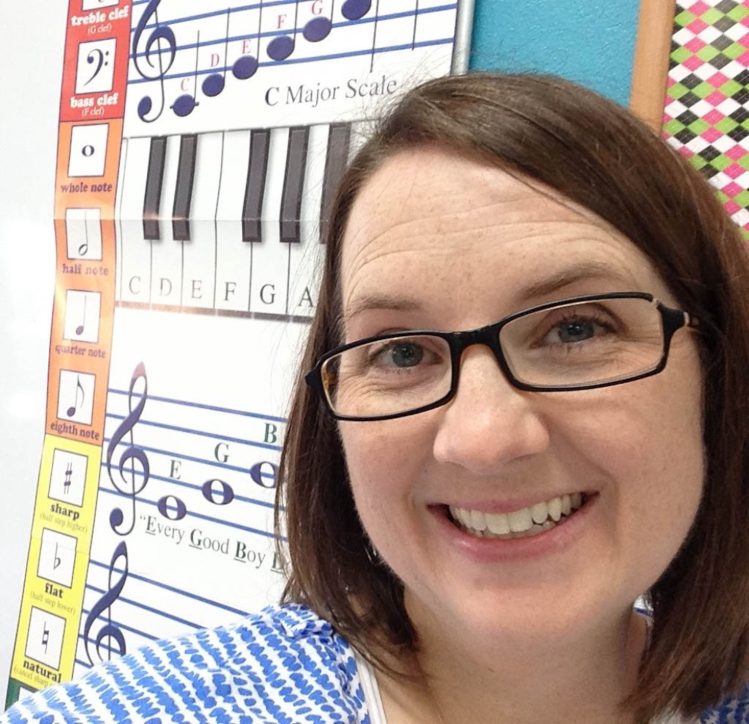
Allyson Jay on the first day of school in 2018
Representation in Classical Music
March 11th, 2024
Before I came to work at KVNO, I worked as an elementary music teacher in Mansfield, Texas. And yes, we did play recorders, and yes, we did sing “B-I-N-G-O.” But one of my favorite things was to teach my students about composers and performers.
I went about it this way—I created Musical Journals for each of them, and we would spend the first ten minutes of class listening to six different selections of music from Baroque to Classical to Romantic to Film Scores to Jazz. All they had to do was listen and write down or draw how the music made them feel or what it reminded them of.
Kids being kids, some of them took this assignment more seriously than others, but I didn’t care as long as they listened. Then I would talk to them about the composers and performers of each piece. Sometimes I would bring in related picture books to read to the kids.
The history of classical music being what it is, many of the composers we talked about in class were male and white, but the majority of my students were Black, so it was important to me that they learned about composers and performers who looked like them. We listened to Florence Price and William Grant Still and one day we listened to the music of Trombone Shorty, an incredible musician from New Orleans who got his start when he played next to Bo Diddley at a jazz festival when he was only four years old.
We also read an outstanding book written by Troy “Trombone Shorty” Andrews himself with illustrations by Bryan Collier. I will never forget what one first grader said to me after I walked around the class with the book opened to pictures of little Troy Andrews.
“Teacher,” the first grader said. “That’s me!”
I think I said something like, “It most certainly can be!”
Did I want or expect my students to all become professional musicians? Of course not. But I did want them to know that they could be anything they wanted to be.
I wasn’t as well versed back then as I am now in the wealth of groundbreaking composers and performers of color working in the classical music field. I wish I could go back and teach my students about George Walker, Jessie Montgomery, and Anthony and Demarre McGill. I can’t do that, but I can highlight composers and performers of color in my work at KVNO. Representation matters, and we all benefit from making the world of classical music a more inclusive one.

